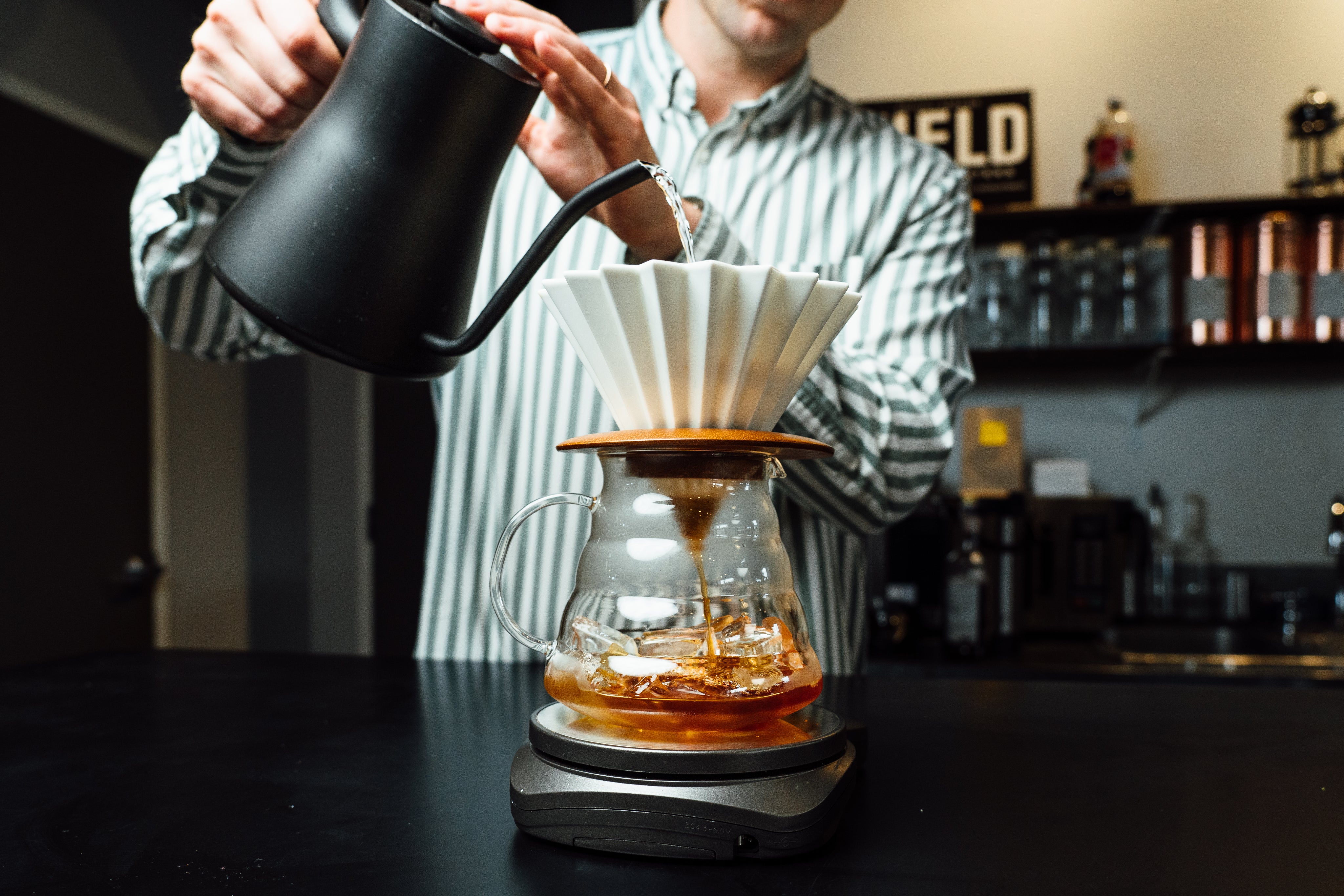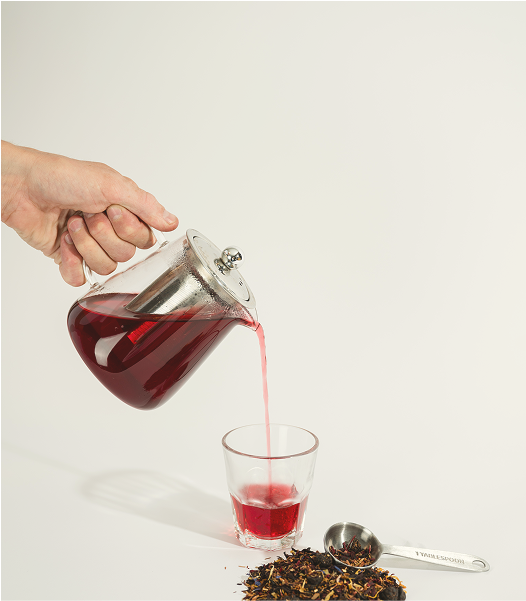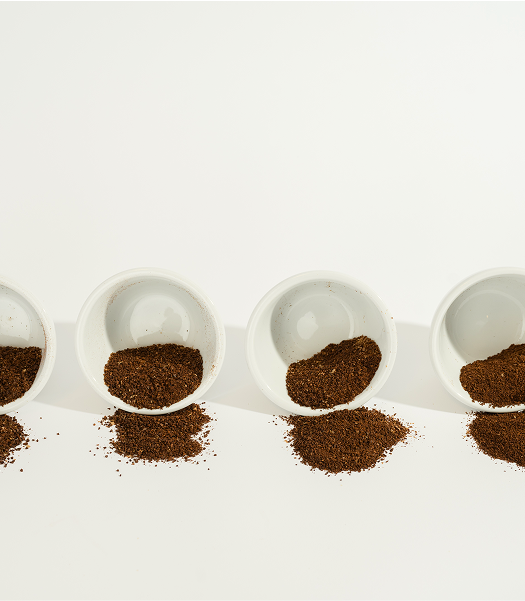Free Shipping on Orders Over $50
Mold in Coffee: Risks, Quality Controls & Storage
Concerned about mold in coffee? Here’s a practical, sourcing-to-service view of how risk is mitigated—and how to store beans for best flavor.
Mold in coffee headlines can be confusing. Coffee is an agricultural product, so moisture and handling matter—but disciplined sourcing, processing, roasting, and storage practices dramatically reduce risk and protect flavor. At YIELD, we partner with producers who prioritize drying standards, moisture control, and protective packaging so our customers—at home and in cafés—can focus on brewing great cups.
Where Risk Appears—and How It’s Managed
- Harvest & selection: Ripe-only picking reduces damaged fruit that can spoil.
- Depulping & washing: Prompt processing lowers microbial load.
- Drying: Elevated beds, airflow, turning cadence; target moisture typically ~10–12% prior to storage.
- Storage & transport: Protective liners (e.g., GrainPro), clean warehouses, sealed containers, humidity control.
- Roasting & packaging: Roast heat reduces microbial activity; degassing valves and sealed bags protect stability.
Our wholesale program formalizes vendor checks, handling SOPs, and rotation policies.
Home & Café Best Practices
- Buy fresh, store smart: Cool, dry, dark place; reseal; avoid frequent freeze–thaw cycles.
- Use within 2–4 weeks of roast: Preserves aroma and sweetness; reduces staling vectors.
- Hoppers & grinders: Clean oils and fines; schedule daily/weekly maintenance by volume.
- FIFO rotation: Label roast dates; move older lots first.
Keep supply predictable with our coffee subscription for home or office cadence.
Why Higher-Quality Coffee Helps
- Selective harvest & clean processing: Reduce defect rates where issues originate.
- Moisture targets & testing: Producers measure frequently; lots outside spec are corrected or rejected.
- Traceability & smaller lots: Easier audits; isolate issues quickly.
- Protective packaging & shorter chains: Barrier liners and fewer handoffs limit exposure.
Context, Claims & Sensible Expectations
“Mold-free” claims are marketing terms without universal standards. Focus instead on transparent partners, documented handling, and freshness. For personal health questions, consult a medical professional—we don’t provide medical advice.
Action Plan (Consumers & Operators)
- Choose reputable roasters with traceable sourcing and storage discipline.
- Buy practical quantities; store sealed and cool; label dates.
- Clean grinders/brewers on a schedule; replace worn parts and filters.
- Taste and evaluate regularly; adjust rotation before flavor drops.
Want a practical SOP checklist for staff? Reach out on our Connect page and we’ll send the one-pager.
Troubleshooting Off-Flavors (Often Misattributed to “Mold”)
- Cardboardy / flat: Likely staling from oxygen exposure or extended shelf time. Tighten storage and rotation.
- Rancid / oily: Oxidized oils—clean grinders, dose paths, and brewers; avoid warm storage.
- Damp / musty: Environmental humidity or a compromised container. Move stock, switch to barrier containers, reassess storage area.
- Harsh bitterness: Over-extraction or fines; adjust grind and filtration; confirm brew ratios.
FAQs
Does roasting eliminate all mold? Roasting reduces microbial activity, but prevention hinges on proper drying, packaging, and storage throughout the chain.
Should I freeze coffee? If tightly sealed and thawed once, freezing is workable. Avoid repeated freeze–thaw cycles that introduce moisture.
How long can I keep roasted coffee? For peak flavor, use within 2–4 weeks of roast. Sealed, cool storage extends usability, but aromatics fade over time.
How can I tell if coffee is compromised? Off-aromas (musty, cardboard), visible moisture damage, or dull flavor are signals to rotate stock.
YIELD Coffee Roasters: relational sourcing, careful handling, and practical QA support for Cincinnati homes and wholesale partners. Explore our coffee blog for more storage and brewing content.





